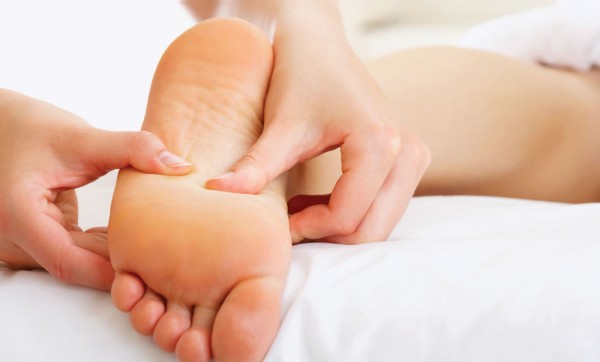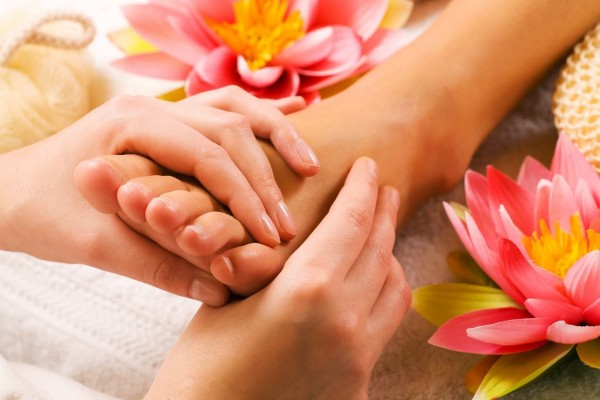Review of Reflexology
Reflexology massage therapy is availed of along with Swedish massage therapy, deep tissue massage therapy, sports massage therapy and pregnancy massage therapy in therapeutic massage spas in Rocky Point NY by residents of Suffolk County, Rocky Point, Manorville, Miller Place, Mount Sinai, Port Jefferson, Ridge, Yapank, Shoreham, Weeding River, Riverhead, Setauket, East Setauket, Port Jefferson Station, Coram, Seldon, Farmingville, Brookhaven, Middle Island, Medford and Sound Beach. But do you know how reflexology massage therapy evolved until it reached Rocky Point NY?
Reflexology massage therapy is said to result in detoxification, improved blood and lymph fluid circulation, reduced tension and in the body’s increased capability for self healing. It is said to be effective for the treatment of a variety of conditions such as tension headaches, chronic headaches, migraine, fibromyalgia, arthritis, rheumatism, back pain, digestive problems and other discomforts.
What is Reflexology Massage Therapy
Reflexology massage therapy is a very old therapy that can be traced as far back as the time of ancient Egypt. Illustrations and hieroglyphs have been found on the walls of an ancient tomb of an early Egyptian physician, showing a patient being treated with reflexology.
In Japan, the early version of reflexology massage therapy was a foot reflexology technique called Zoku Shin Do. That, in turn, originated from ancient China where it later evolved into acupressure and then acupuncture. It is evident that in the East, the meridians are used in all modalities of reflexology, acupressure and acupuncture.
Reflexology was also seen in the West, though. The early North American Cherokee tribes have their version which is still in existence today. There are also foot massage techniques very imilar to reflexology in India, Africa and Europe.
In 1913, Dr. William H. Fitzgerald, a surgeon and an eye, ear, nose and throat specialist, brought full body reflexology as it is known today to the United States. Dr. Fitzgerald discovered in his practice that he could produce anesthetic effects on certain body parts by applying pressure on certain other body parts. He also observed that he could produce other types of responses in certain body parts by applying pressure to certain other body parts.
Dr. Fitzgerald documented these observations in his reflexology chart, mapping out which body parts corresponded to which reflex points in the hands and feet. His chart divided the body into ten vertical zones. This is why reflexology massage therapy was then called zone therapy.
By the 1930s to the 1940s, reflexology massage therapy was further developed by Eunice D. Ingham, a nurse and physiotherapist. She found reflexes in the feet that correspond to each and every part of the body. Her method has survived and is what is most widely used by reflexologists in reflexology massage therapy at present. It was also her method that was first called reflexology.
Current reflexology therapists apply techniques of reflexology massage therapy on the feet, hands and even ears.
Specific points are determined based on an intensive and extensive pre-session interview with the patient. The particular complaints are elicited and the patient’s condition is assessed.
The evaluation continues even during the actual treatment session because any pain felt by the patient when certain reflex points are pressed will show other hidden health issues which are then also addressed.
Today, reflexology massage therapy is recognized and accepted as a massage modality throughout the world, in the same way that Swedish massage therapy, deep tissue massage therapy, sports massage therapy and pregnancy massage therapy are recognized and accepted.
For centuries in reflexology has been used to cure a variety of aliments. The principle behind this practice is that specific areas of the foot that connect to a specific body part.
For example putting pressure on the center of the foot stimulates the kidney. In the same manner pressure on the toes affect the ears and nose. It is believed that applying pressure on these and other areas of the foot can eliminated pain and increase blood.
Increased blood flow can improve a number of health issues from insomnia to tension headaches. Because when blood flow is improved pain is reduced and healing can begin. Below are some other reasons for trying reflexology.
- Stress is reduced and the ability to relax is improved.
- Blood flow improves.
- Tension headaches, stomach disorders, insomnia and hormonal imbalances improve. Best of all pain is reduced. It is interesting and fascinating that a practice developed many thousands of years ago actually works.
- A Stronger Immune System
Treating Medical Conditions
Besides making your life stress free, reflexology can assist you in treating several medical conditions such as blood pressure, bowel disorders, neck problems, knee problems, hormonal problems and so on.
Treating Depression
Reflexology is generally a relaxing treatment, however different sensations can be felt when receiving a treatment. It is unlikely that reflexology alone will cure your depression, but it may help alleviate some of your symptoms, so is worth trying.
Reflexology for Weight Loss
When it comes to weight loss, there are many different methods out there. Some of the methods of weight loss include medicinal treatments as prescription drugs or even bariatric surgery. Before you opt for these invasive treatments, there is a natural approach to weight loss, that you may consider. Reflexology does not mean that you don’t have to watch what foods you eat and add exercise into your lifestyle, however, it can help to aide your weight loss effectively.
If you are one of many who has not found success with weight loss after trying every diet under the sun, then you really may be looking for just about anything that will actually work for you. Reflexology can be the thing that you are looking for.





